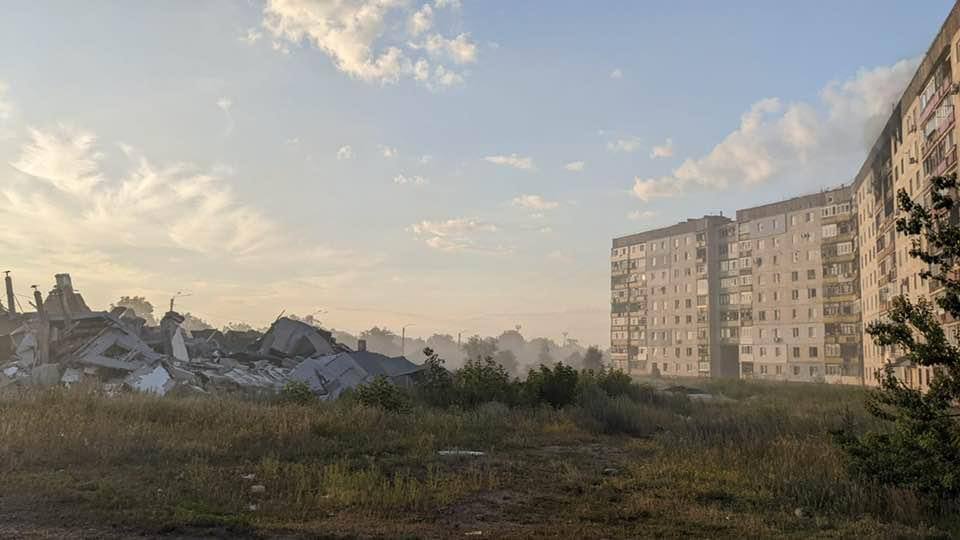A car bomb in the occupied Luhansk Oblast city of Starobilsk killed a Moscow-appointed official, Valeriy Chaika, according to occupation authorities on April 1. The head of the Starobilsk occupational administration, Vladimir Chernev, confirmed that Chaika died as a result of a homemade explosive device planted on his car. The incident is being investigated as a terrorist act by Russia’s Investigative Committee, with the perpetrators still unknown. This attack is part of a pattern of targeting Russian officials, proxies, and collaborators in both occupied parts of Ukraine and in Russia. Previous incidents include the death of a Russian policeman’s car explosion in Mariupol and the killing of Mikhail Filiponenko, a former military commander in occupied Luhansk, by a car bomb.
In October, Vladimir Malov, a member of Russia’s ruling United Russia party, was killed in a car bomb explosion in the occupied city of Nova Kakhovka in Kherson Oblast. The Washington Post released an article on October 23 alleging that Ukrainian intelligence services were behind several high-profile assassinations of targets inside Russia. However, Ukraine’s Security Service (SBU) declined to comment on the article, stating that they would only discuss details of their special operations after Ukraine’s victory over Russia. These targeted attacks reflect the ongoing tensions and conflicts between Russia and Ukraine, as well as the complex covert operations conducted by both sides in the conflict.
The car bomb attack in Starobilsk is just one of many incidents that have occurred in the context of the ongoing conflict between Russia and Ukraine. Both sides have engaged in various forms of warfare, including conventional, unconventional, and covert operations. The targeting of Moscow-appointed officials and collaborators highlights the ongoing struggle for control and power in the region, with violent acts such as car bombings used as a means to exert dominance and instill fear. The lack of official comments from Kyiv suggests a level of ambiguity and secrecy surrounding these attacks, adding to the complexity of the situation.
The use of car bombs as a weapon of choice in these targeted attacks reflects the volatile and dangerous environment in both occupied parts of Ukraine and in Russia. The ease of access to materials for making homemade explosive devices and the willingness of individuals to carry out such violent acts pose a significant threat to the stability and security of the region. The fact that such attacks continue to occur despite increased security measures and surveillance points to the persistence of underlying tensions and grievances that fuel this cycle of violence. It also underscores the challenges faced by authorities in preventing and responding to such incidents effectively.
The death of Valeriy Chaika in the car bomb attack underscores the personal toll of the conflict in Ukraine, with individuals on all sides becoming victims of the violence. The targeting of specific individuals, such as Moscow-appointed officials and collaborators, not only brings a sense of personal loss but also serves as a warning to others involved in the conflict. These attacks send a chilling message that no one is immune to the dangers and consequences of the ongoing warfare, highlighting the need for a peaceful resolution to the conflict and a commitment to upholding human rights and the rule of law in the region. The international community plays a crucial role in supporting independent journalism and investigative efforts to uncover the truth behind these attacks and hold the perpetrators accountable. By standing together in the fight against violence and repression, there is hope for a brighter and more peaceful future for Ukraine and its people.


